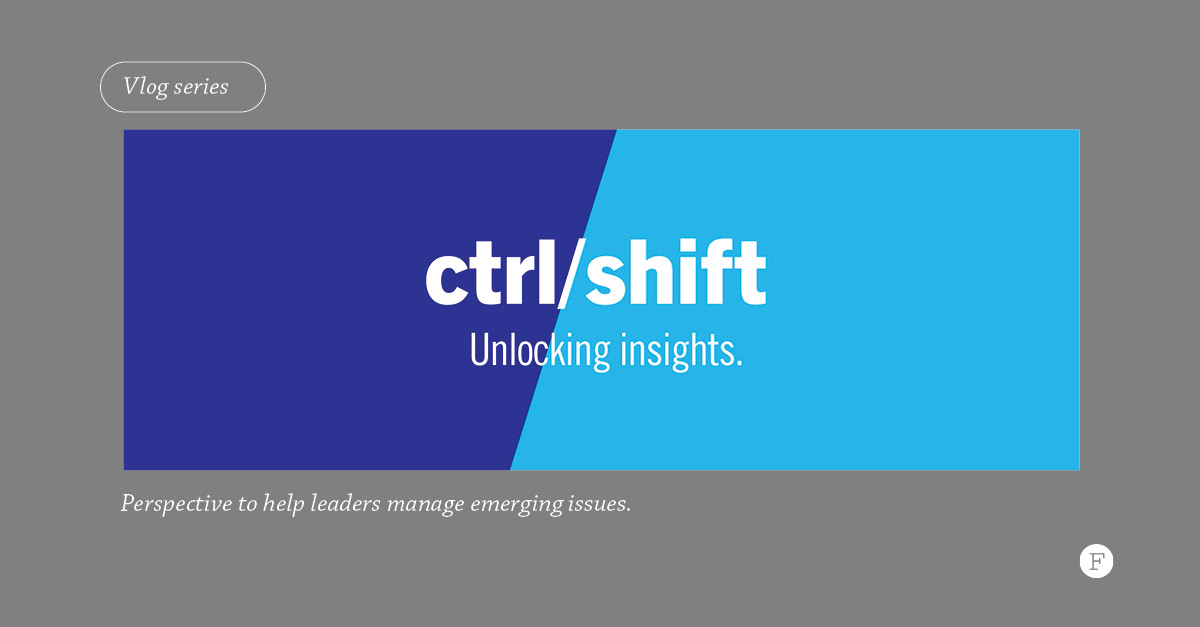Corporate Crisis Management Demands Quick Response. First, Take a Breath

Todd Morgano | June 19, 2023
One of the tenets of good corporate crisis management is to respond quickly. If something has gone terribly wrong, be it a major customer service fail (remember the Southwest Airlines holiday meltdown?), a grossly inappropriate action (think Will Smith at the Oscars) or even a less public but still serious issue, it’s important to react in a timely manner.
Staying silent for too long risks letting others fill the void with speculation and misinformation, thereby controlling the narrative and potentially compounding the problem. However, information moves so quickly today, and companies are often operating – and responding to events – at a pace that doesn’t allow much time for critical thinking. That can be a problem.
There’s a benefit to taking a breath – even a short one – to apply some critical thought to how you’re about to handle a crisis situation and what you’re planning to communicate about it.
So, what should you consider in that breath?
Identify your audiences
Don’t think only of how something matters to your business. Consider how it matters to those inside and outside of your organization – the people you rely on for success. They’re the ones who can influence the success of your business, now and in the future.
Those would be people like your employees, vendors and business partners, your customers, investors, donors, legislators, regulators, activists, social media influencers and more. The media is another important audience because they may be perceived to be an unbiased third party and because they have an outsized ability to spread information to all of the other audiences mentioned here.
Before a crisis hits, it’s a sound practice to plot out all of your most important audiences, what types of relationships you have with them, what their concerns are related to your business, and which channels they frequent that you can use to reach them in a hurry, if needed. This will not only help you think through how your business exists in the eyes of your most important constituents, it’ll also give you clues as to what they would want to hear from you to remain loyal when your trust is being tested and provide you with a roadmap for how to best reach them quickly in an emergency.
Seek new perspectives
Every organization should have a crisis team in place that could be quickly assembled when an issue arises. That’s standard best practice. But often it makes sense to tap people and resources beyond that highly functioning team to provide alternative perspectives and break the risk of groupthink that often leads to tone-deaf communications finding their way into the world.
For example, a CEO might benefit from hearing from an employee or a group within the company who deals directly with customers on the front line every day. Or perhaps from the leader of nonprofit who represents individuals who’ll be especially affected by a particular issue. These are ways to gain deeper insight into the concerns of the people whose reaction will be critical to the ongoing success of the organization and to how quickly it recovers from an incident.
Prepare your response
There’s no perfect formula for a crisis response, but elements generally include acknowledging the situation, taking some level of responsibility for it, expressing genuine concern for those affected, and outlining what you’ll do to help those impacted and prevent such an occurrence from happening again.
Frequently, you’ll be dealing with limited information and may not have all the facts yet. And it’s appropriate to acknowledge that. But don’t allow the fear of working in limbo paralyze your efforts. If nothing else, say what you do know and that you’re gathering more information and will share it when you can. One way to help expedite the timeframe in which you can respond is to prepare a crisis communications plan in advance.
Wait a beat
Okay, so you’ve done the best you can assessing the situation and preparing to respond to it. You’re about to go out with your communications. But hold on. Don’t push send right away.
If you’ve drafted something, set it aside. It could be for just a few minutes, a few hours, or even a day, depending on how urgent the situation is. During that time, ask yourself these important questions.
If you heard what you’re about to say or share, how would you feel or react? Would it address your biggest concerns? Would it strike the right tone? Would it make you more or less likely to want to continue buying from or doing business with your company?
As hard as it may be to take a pause when information is flying so quickly, executives, and the communicators who serve them, need to find space to breathe and think before they speak. Being fast is important, but not if it comes at the expense of making a critical error that could damage your business.
Ready to refine your PR and response game? Contact Falls & Co. and let’s explore the possibilities.
More Related Content:
Your Public Relations Strategy Questions Answered
How to Best Work with an Agency
Set Goals to Measure a PR Program
How to Get Media Attention for your Business by Leveraging Existing Coverage
Is Corporate Storytelling More Art or Science?
How to Get Media Coverage at Trade Shows, Conferences
Todd Morgano
Todd Morgano is a senior vice president with Falls & Co. He leads a variety of integrated marketing initiatives and helps companies develop strategies to reach their customers and clients across multiple platforms and channels.


